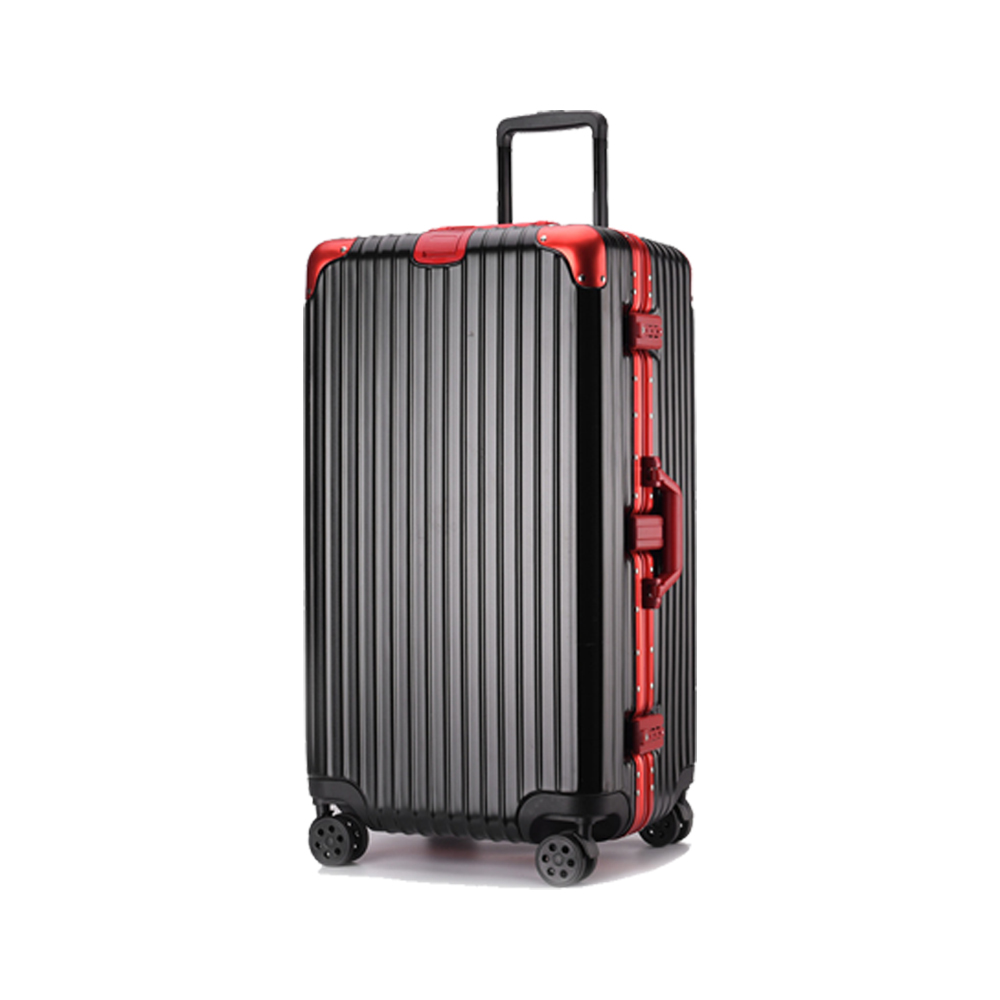Replacing or repairing a travel bag handle can vary in difficulty based on the type of handle, the design of the bag, and the availability of replacement parts. Here are some factors that influence the ease of replacement or repair:
1. Type of Handle:
Telescoping Handles: These are more complex due to the retractable mechanism. Replacing a telescoping handle usually involves accessing the interior of the bag, removing screws, and possibly detaching other components.
Fixed Handles: These are generally easier to replace. They are often attached with screws or rivets that can be removed and replaced more straightforwardly.
Padded/Soft Handles: These might involve stitching, which can be more difficult if you’re not familiar with sewing or if the handle is integrated into the bag’s structure.
2. Design of the Bag:
Bags with accessible interiors (such as removable linings) make it easier to reach the handle mechanism for repair or replacement.
Bags that are sewn shut or have complex internal structures can be more challenging to work with.
3. Availability of Replacement Parts:
Brand-Specific Parts: Some brands offer specific replacement parts for their bags, making it easier to find a match.
Universal Parts: For generic or non-branded bags, universal replacement handles might be available but may require some adjustments to fit properly.

4. Tools and Skills Required:
Basic Tools: For simple repairs, basic tools like screwdrivers, pliers, and sewing kits might suffice.
Specialized Tools: Complex repairs, especially for telescoping handles, might require specialized tools and technical skills.
DIY Skills: Basic DIY skills can make handle replacement or repair easier. Familiarity with using tools and following repair guides is beneficial.
5. Manufacturer Support:
Warranty and Repair Services: Some manufacturers offer repair services or warranty coverage for damaged handles.
Customer Service: Good customer service can provide instructions or replacement parts, simplifying the repair process.
Steps to Replace or Repair a Travel Bag Handle:
Identify the Type of Handle and Damage:
Determine whether the handle is telescoping, fixed, or padded, and assess the extent of the damage.
Acquire Replacement Parts:
Contact the manufacturer for specific replacement parts or search for universal handles that match the specifications of your bag.
Gather Necessary Tools:
Ensure you have the required tools, such as screwdrivers, pliers, and possibly a sewing kit for padded handles.
Access the Handle Mechanism:
Open the bag lining or any compartments that provide access to the handle’s attachment points.
Remove the Damaged Handle:
Unscrew or unfasten the handle from the bag. For sewn handles, carefully cut the stitches without damaging the bag material.
Install the New Handle:
Attach the replacement handle by screwing, riveting, or stitching it into place, ensuring it is securely fastened.
Test the New Handle:
Ensure the handle operates smoothly and is securely attached to the bag. Test the handle under load to confirm durability.
Repair Services and Professional Help:
Manufacturer Repair Services: Some brands offer repair services, which can be a reliable option for high-quality or expensive bags.
Professional Repair Shops: Luggage repair shops can handle complex repairs, especially for high-end or specialized travel bags.
While some travel bag handles can be easily replaced or repaired with basic tools and skills, others may require more effort and technical know-how. Access to replacement parts and manufacturer support can significantly simplify the process.




 Español
Español











